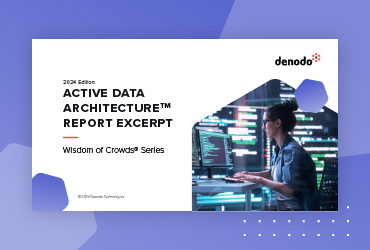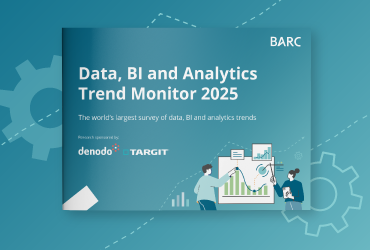What Is Open Data?
Open data is data that is freely available to the public, without restrictions on usage, modification, or distribution. Open data is typically structured, machine-readable, and provided in standardized formats to encourage transparency, innovation, and collaboration across industries and sectors.
Why Is Open Data Important?
Open data plays a crucial role in fostering economic growth, enhancing government transparency, and driving innovation. Key benefits include:
- Increased Transparency: Promotes accountability in governments and organizations
- Economic Growth and Innovation: Enables businesses and startups to develop new products and services
- Improved Decision-Making: Provides valuable insights for policymakers, researchers, and organizations
- Collaboration and Knowledge Sharing: Encourages cross-sector cooperation and open-source development
- Enhanced Public Services: Supports data-driven policies in healthcare, transportation, and urban planning
How Open Data Works
Open data is made accessible through standardized formats and platforms that enable easy discovery, retrieval, and use. The process typically includes:
- Data Collection: Gathering data from a variety of sources, such as government agencies, research institutions, and corporations
- Data Structuring and Standardization: Formatting data to enable interoperability and usability
- Data Publication: Making datasets publicly available via open data portals and APIs.
- Access and Licensing: Applying open licenses such as Creative Commons or Open Data Commons to enable reuse
- Community Engagement: Encouraging public participation in data utilization and improvement
Key Principles of Open Data
- Accessibility: Data should be available online in a machine-readable format.
- Licensing Freedom: Data should be free to use, modify, and distribute without restrictions.
- Interoperability: Data should be structured in standard formats to enable easy integration.
- Timeliness: Data should be updated regularly to maintain accuracy and relevance.
- Non-Discrimination: Access to data should not be restricted based on user identity.
Applications of Open Data
- Government and Public Sector: Increases transparency in governance and policy-making
- Healthcare and Research: Supports medical advancements and public health initiatives
- Environmental Monitoring: Provides insights into climate change, conservation, and sustainability efforts
- Smart Cities and Urban Planning: Enhances transportation, infrastructure, and civic engagement
- Business andFinance: Enables market analysis, risk assessment, and economic forecasting
Best Practices For Implementing Open Data
- Adopt Open Standards: Use universally accepted formats such as CSV, JSON, and XML.
- Preserve Data Quality: Maintain accuracy, completeness, and consistency.
- Provide Clear Licensing: Define terms of use through open, standardized licenses.
- Engage the Community: Encourage collaboration through forums, hackathons, and public feedback.
- Provide Security and Privacy: Protect sensitive information while maintaining openness.
Challenges in Open Data
- Data Privacy Concerns: Balancing transparency with personal data protection
- Data Quality and Standardization: Maintaining accuracy and consistency across datasets
- Sustainability of Open Data Initiatives: Securing funding and resources for long-term maintenance
- Adoption and Awareness: Encouraging organizations to publish and utilize open data effectively
- Cybersecurity Risks: Protecting open data repositories from unauthorized access and manipulation
Future Trends in Open Data
- AI and Machine Learning Integration: Enhancing data accessibility through automated analysis
- Blockchain for Data Transparency: Maintaining authenticity and security in open data transactions
- Open Data Marketplaces: Creating platforms that facilitate data sharing and monetization
- Real-Time Open Data Platforms: Increasing accessibility to live data streams
- Global Open Data Collaboration: Strengthening cross-border data-sharing initiatives






